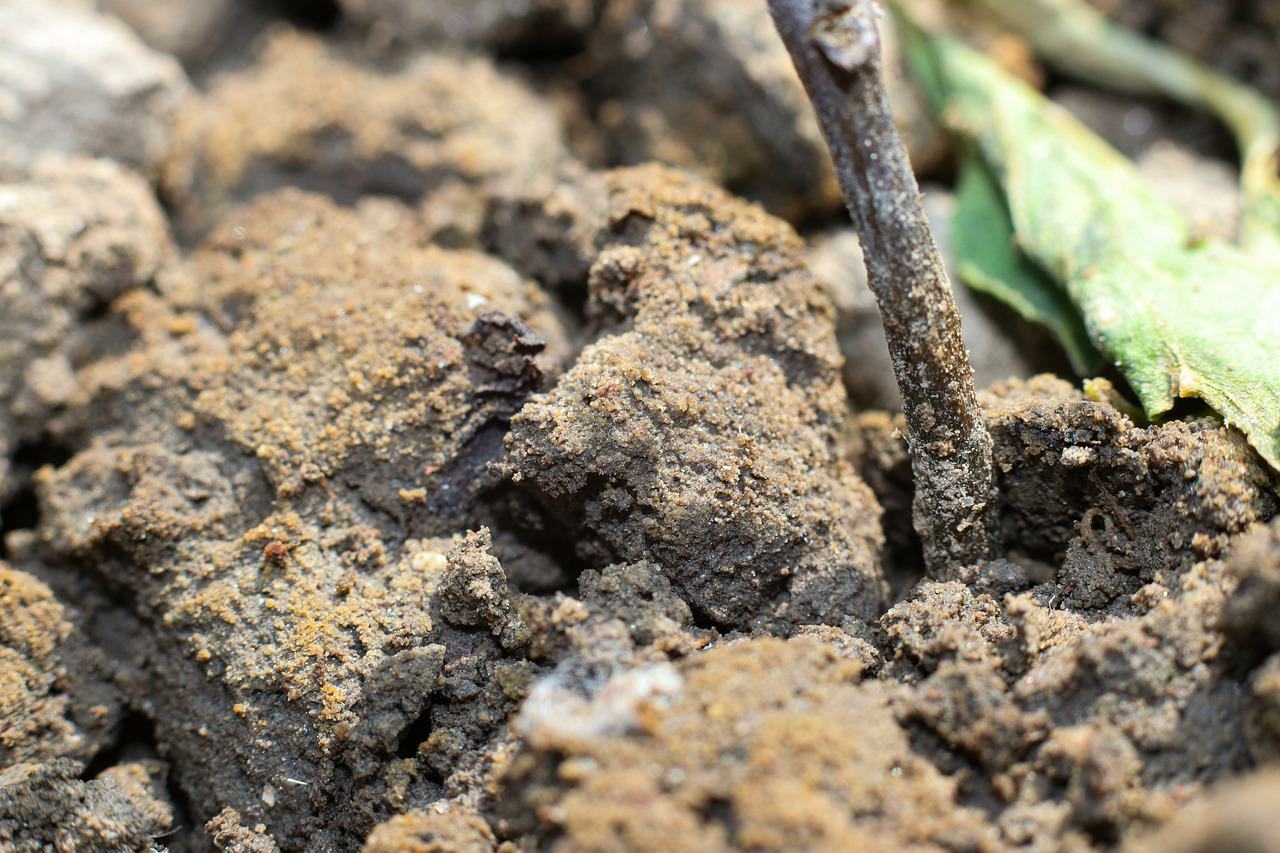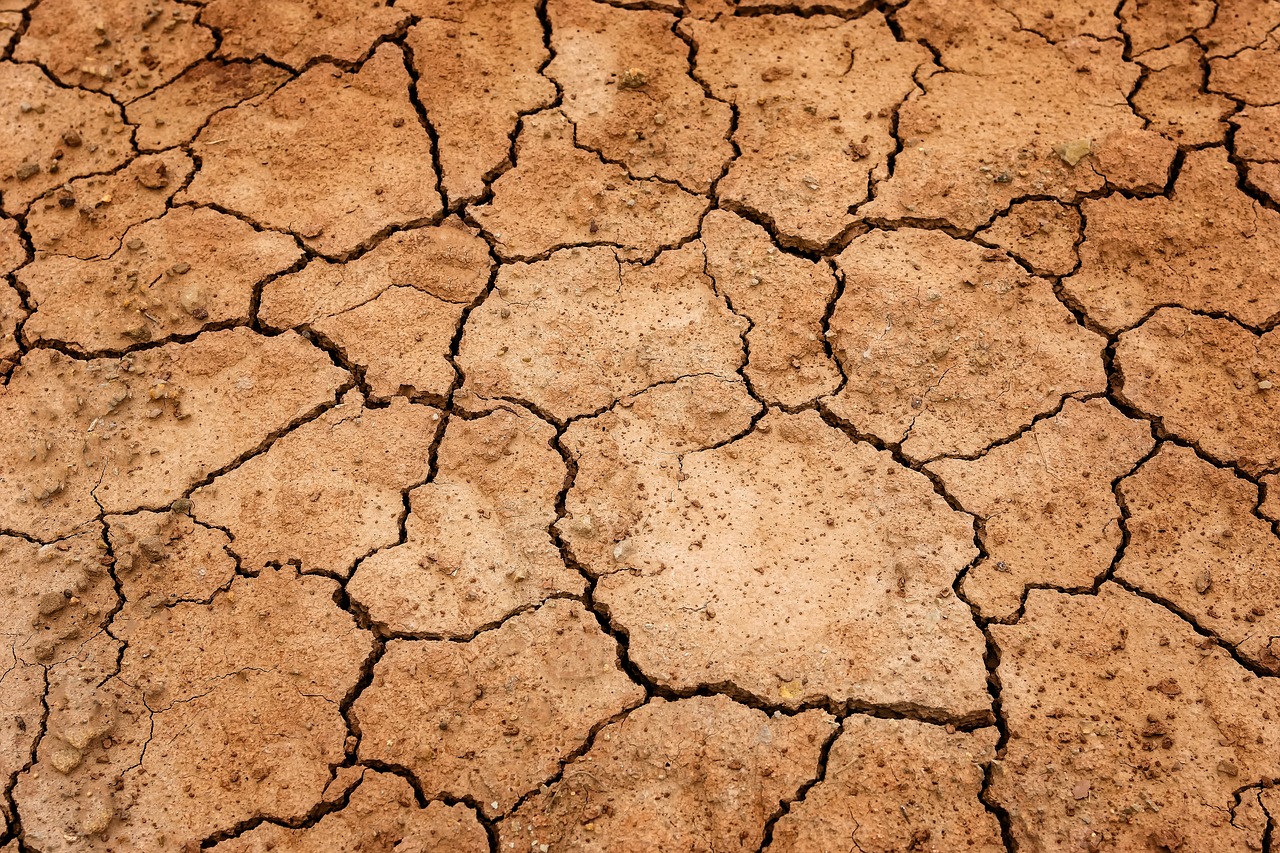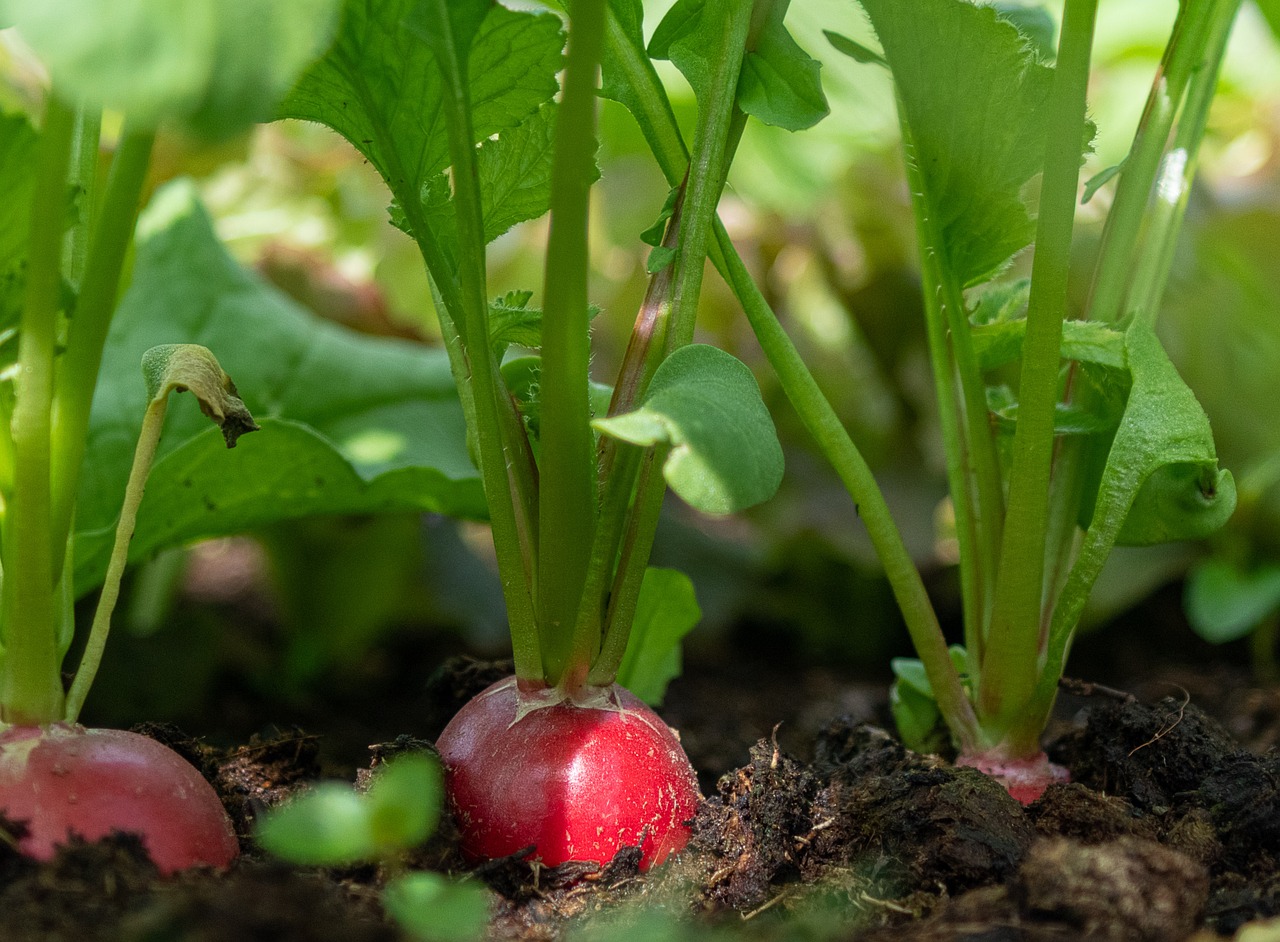
Improve Your Garden Soil Simply and Naturally
In this article, we provide an overview of methods to improve your garden soil. There are a few things to bear in mind here. The type of soil in your garden plays a particularly important role here. Depending on whether you are dealing with heavy or light soil, there are different approaches to soil improvement. You can find out more here.
This Article Contains:
Quick Overview
Heavy Soils = Loam and Clay Soils
- Properties: high clay content; fine pores; high storage capacity (but partly not available to plants, as small pores hold the water and the nutrients dissolved in it)
- Problem: soil compaction
- Improve heavy soils with green manure, mulch or no-dig-method
Light Soils = Sandy Soils/Sandy Soils
- Properties: high sand content, coarse pores, low storage capacity, low humus content
- Problem: Poor storage of water and nutrients
- Improve light soils with organic material, green manure, loam or clay flour, mulch and organic fertilizer
Improve Garden Soil: Tips for Fertile Soil
Every gardener dreams of fertile garden soil. Preferably with a crumbly, loose soil structure, deep and rich in living organisms. The optimum pH value for growing vegetable plants is usually around 6.5 to 7. If the soil is too sandy, the garden soil is too acidic for most crops; conversely, soil that is too heavy is usually quite alkaline. The perfect garden soil therefore lies somewhere in between. It is important to have a high humus content, which has a positive influence on many soil properties and soil life. In this article, you will learn how to improve your garden soil depending on the soil type.
A humus-rich garden soil is good for plants and all soil organisms. You can find more information on Garden Soil With Tips for Fertile Soil in this article.
Determine Soil Type in Your Garden
In order to take the right measures, you first need to get to know your garden soil better. To do this, it is essential to determine the type of soil and thus roughly its composition. There are various things you can do to do this. With the Simple Soil Test, you can easily determine the type of soil in your garden. But Indicator Plants can also give you clues about the soil structure, water and nutrient availability or pH value.
Heavy Soils: Loam or Clay Soils

As the name suggests, heavy soils are relatively difficult to work. Anyone who has clayey soil in their garden knows the problem: if it is too dry, cracks form and the soil becomes rock-hard. The other extreme also makes every gardener despair: if the soil is too wet, it also resists any kind of cultivation. Heavy soils can therefore only be worked in a certain condition, they must be neither too dry nor too moist.
Clay Soils
Clay soils contain numerous fine pores (= tiny cavities) that are filled with air or water. The fine pores ensure that water and nutrients are well retained. Heavy soils therefore have a high storage capacity. As a gardener, you benefit from this property because you need to water and fertilize less often.
However, due to the high water content, the soil warms up slowly in spring, which means it can take longer for your seeds to germinate. The narrow pores can also lead to waterlogging and a lack of air in the soil. Both are a death sentence for the growth of your plants and should be avoided at all costs as a gardener!

You Want to Know More About Your Garden Soil?
To exchange ideas with other gardeners and benefit from the experiences of others, you can visit our Fryd community.
Become Part of the Community NowImprove Clay Soil and Loamy Soil - Loosen the Soil
The most important thing when improving heavy soil is to loosen the soil structure. The looser soil structure allows water to seep away more quickly and the roots can breathe more easily. This also significantly improves root penetration, making it much easier for the roots to penetrate the hollow passages. These cavities are crucial for the success of root vegetables, for example!
Loosening Heavy Soil - Here’s How
- Work insand or Compost: The coarser particles improve soil aeration
- Mulching beds and garden soil : Food for soil organisms; protection from environmental influences
- Create No Dig Beds: Piling up organic material to improve soil structure and health
- Green Manuring with deep-rooted crops (e.g. lupins or comfrey)
Light Soils: Sandy Soils/Sandy Soils

As the name suggests, light soils are easy to work on practically all year round. It dries quickly, weeds can be easily removed and loosening is hardly a problem. This may sound tempting at first, but this soil texture also has disadvantages. Sandy soils have a rather poor storage capacity. Water can easily seep through the coarse pores, which can quickly lead to drying out in summer. In addition, a soil poor in humus can only hold nutrients poorly and they are easily washed out into the groundwater. However, the large pores have the advantage that the roots are always supplied with sufficient oxygen and no waterlogging can occur. In addition, light soils warm up more quickly due to the many air-filled cavities, so that early sowing is possible.
Improve Sandy Soil
To make sandy soil more fertile, you should first and foremost improve its storage capacity. As a gardener, you have a few options here. It helps to increase the proportion of organic matter or clay in the soil. This boosts the conversion of organic matter and thus increases the humus content over time. Here too, the no-dig method is a good way to improve the soil in the long term. Organic fertilizers such as compost are an important tool for building up humus. It is also important to keep a close eye on the pH value of sandy soils. Sandy soils are naturally slightly acidic, but the pH value should never fall below 5.5. Soil that is too acidic can have a negative effect on your crops (e.g. blossom end rot in tomatoes).
Soil Improvement for Sandy Soils:
- Mulch organic material (green manure is also suitable for this: The plants can be cut from the surface after a while and used as mulch): Contributes to humus enrichment, promotes biological activity in the soil, reduces evaporation and thus soil drying, increases storage capacity in the soil
- Mix in Rock Flour With a High Clay Content increases the storage capacity of water and nutrients
- Organic Fertilization with compost, rotted manure or Plant Manure (it is better to fertilize more often here, otherwise you risk leaching nutrients): increases biological activity, food for soil organisms and plants, promotes humus formation
- Lime the Soil: raise the pH value by liming
To give you a concise overview, we have compiled all the common methods of soil improvement in this article. There are many ways to make your soil more fertile, but that doesn't mean you have to use them all. You can simply choose the measures that are easiest for you to implement. You will soon realize which ones help you succeed and which ones don't. The most important thing, however, is to better understand your soil and the life in it!
Want to get helpful gardening tips all year round and plan your own beds in the best possible way? Then register here or download the Fryd app for Android or iOS.
Fryd - Your digital bed planner
Annabell
Current Topics in the Community

#red , #tuesday

Liked 1 times
#testpostcount

Dec 2025
Popular Articles

Companion Plants for Carrots: What (Not) to Plant With Carrots

Companion Plants for Celery : What (Not) to Plant With Celery?

Strawberry Types: List of Best Strawberry Varieties

Companion Planting With Strawberries: Companion Plants and Planting Plan

Basil Varieties & Types at a Glance

What to Plant With Cabbage: Good and Bad Companion Plants

Fertilizing Strawberries: Home Remedies & Natural Fertilizers at a Glance

Growing Sweet Potatoes: Tips on Cultivation & Companion Plants

Companion Plants for Kitchen Herbs: Chives, Parsley & Co

What Herbs Can Be Planted Together?
FAQ
What are the properties of good garden soil?
A fertile garden soil has a crumbly but stable soil structure that can be deeply rooted. The optimum pH value is between 6.5 and 7 for most vegetable crops. A good humus content and a lively biological diversity in your soil are important.
How can I improve heavy garden soil?
It is important to loosen the soil structure. To do this, you can work in sand and/or compost or simply apply it, mulch or sow a green manure with deep roots.
How do I improve a sandy soil?
Here too, it helps to add organic material to promote biological activity in the soil. Rock flour increases the water storage capacity and you can raise the pH value with liming.